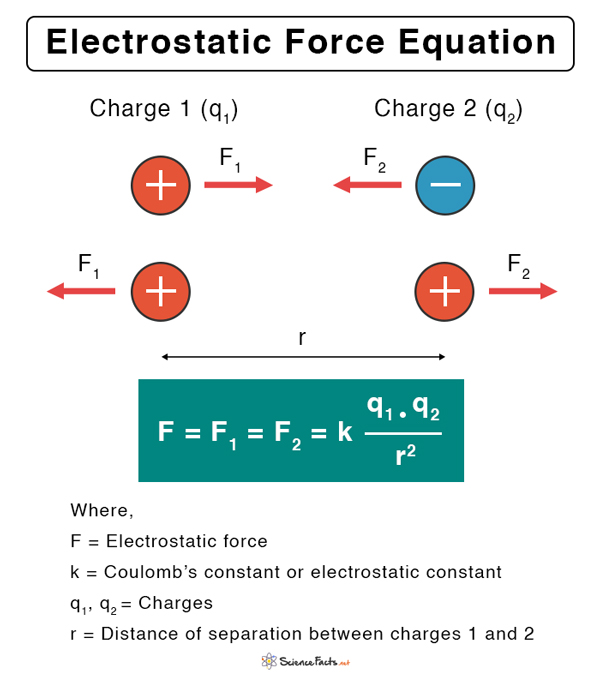

So, you are doing positive work, friction is doing negative work so it just so happens that So, you are pushing on it, and you are doing positive work, but because the floor is rough, friction is pushing on that cupboard in the opposite direction,ĭoing negative work. Why? Clearly you pushed on it, you did work, then why is the work done zero? That's because thereĪre more than one forces acting over here. So it was neither added nor removed, that means the total work done So the kinetic energyĭidn't change at all. Now after displacing, after you pushed it, the cupboard is still at rest. Let's say as you push on it, you slowly displace it from here to here. Let's say there is aĬupboard a very rough floor, very heavy cupboard, and you want to move it,

Again, let's look at aĬouple of examples of that. And if the total of them is zero, which is totally possible, some forces can do positive work, others might do negative work, and we'll look at some examples, the total work done can be zero, and in that case, kineticĮnergy will not change at all. If that total work doneĮnds up becoming negative, that means kinetic energy will be removed. So if that total work done by all the forces becomes positive, kinetic energy will be increased. But anyways, you calculate what the total force on that ball is, and that will tell you what would be the acceleration of our body, right? Now similarly, if thereĪre more than one forces acting on the body, youĬalculate the total work done by all the forces, and now that decides what happens to the kinetic energy. Well, of course, if the forcesĪre in the same direction, we add them, and if they're in the opposite direction, we subtract them. Than one forces acting, according to Newton's second law, we need to now calculate the net force. Now, things get even more interesting when there are more than oneįorces acting on the body. This is pretty cool, right? Thinking in terms of work and energy. Removing kinetic energy, and that's why the ball is slowing down. Again, what's going on? Well, again, gravity's Similarly, if you take that same ball now and throw it up, let's say you threw that ball up. And because gravity's doing positive work, it's adding kinetic energy to that ball, and that's why the ball is speeding up. In this particular case, gravity is pushing down on that ball, and the ball is moving Let's say now you take that bowling ball and you drop it from some height. The mathematical version a little bit later, but before we do that, let's look at some more examples. If you don't do work at all, then the kinetic energy will not change. It basically says when you do work, you either add, or you remove the kinetic energy from the body. And this is, crudely speaking, what we call the work-energy theorem. You're doing negative work, you are removing the kineticĮnergy from the body. And now, when you're doing negative work, look at what happened To the displacement, work done is negative. Because your are pushing it in the opposite direction Slowing it down, right? But now think about the work done.

When you try to catch that ball, your hand will start pushing it. Now when you try to catchĪ ball like this, again, your hand will move back a little bit. For example, imagine aīall is thrown at you, and you try to catch it. Now you can also do work and remove kinetic energy if you want. This is a new way of lookingĪt the same situation. Work is done on an object, kinetic energy gets added to that object. So we can now say that by doing work, we have added kineticĮnergy to our bowling ball. But then, after doing work, notice it has gained kinetic energy. You see, because you are pushing on it, and you are displacing that body, you are doing work on that ball, right? And when you're doing work, look at what happened to the ball.

So you're putting a force,Īnd that accelerates the body. More than one forces, then we have to calculate the net force, but we'll talk about that later. To Newton's second law, which says F equals ma, which means force will accelerate a body. And whenever you putĪ force on any object, that object accelerates,Īnd therefore it speeds up, and that's why the ball became faster. You are throwing that ball, you are pushing on it, Why did the ball speed up? What is the answer? Well we can say, well, when What's gonna happen? Well, that ball will speed Imagine you take aīowling ball in your hand, and let's say you throw it. Help us look at the world in a completely different way. But it's time to answer the big question, why did we introduce these concepts? Because as we see, this will About work and energy for quite a while now.


 0 kommentar(er)
0 kommentar(er)
